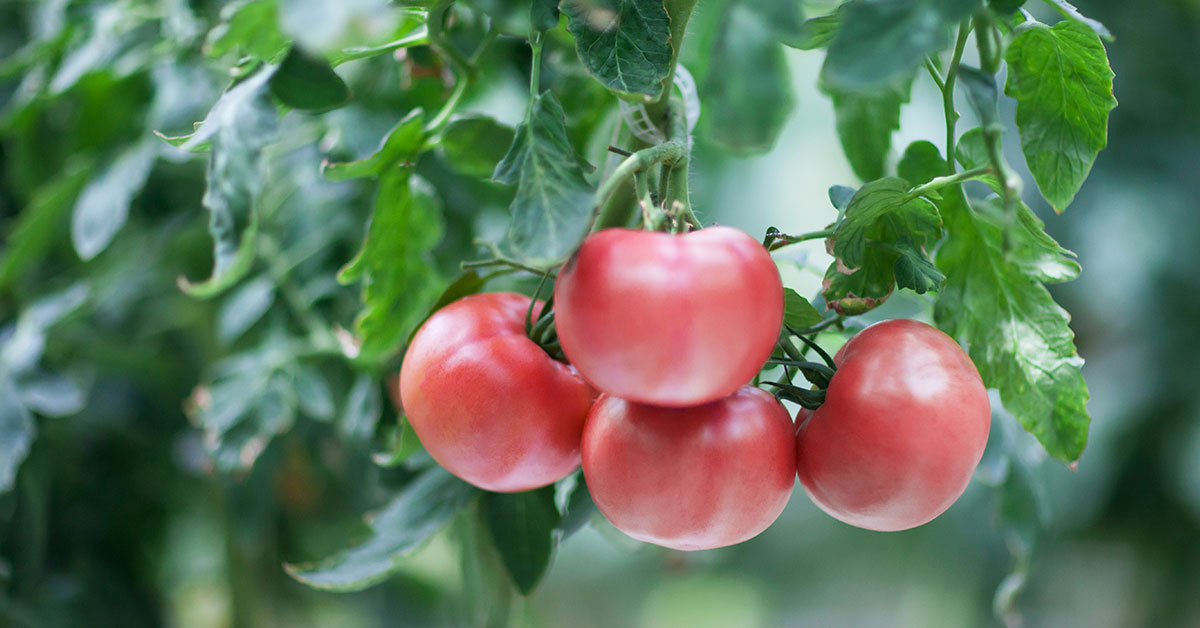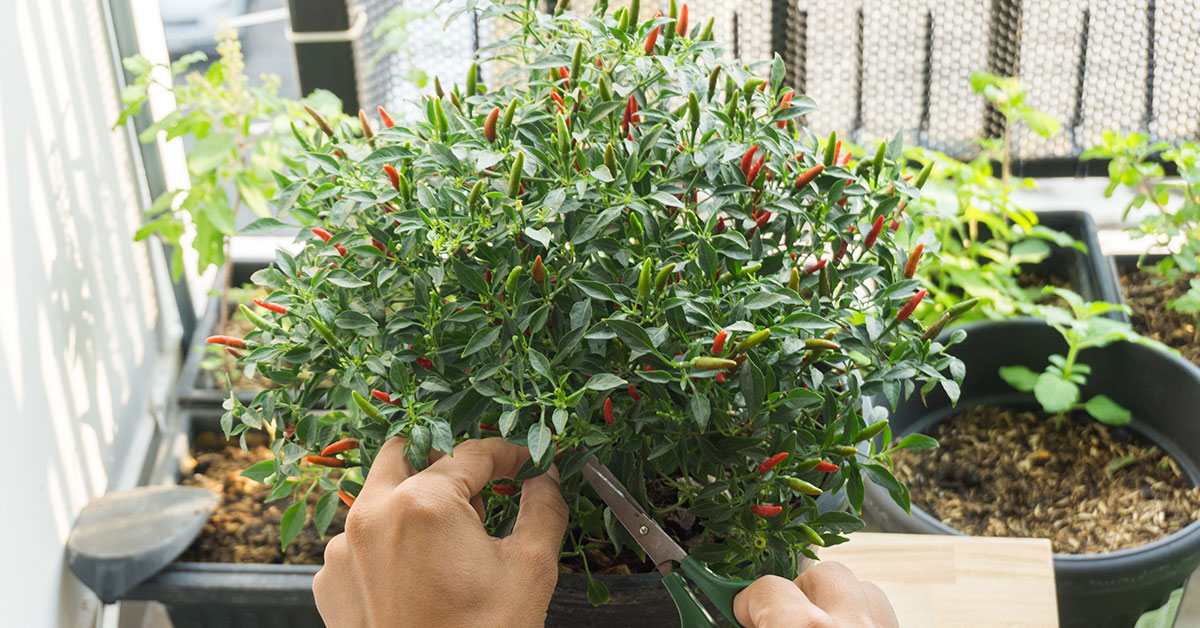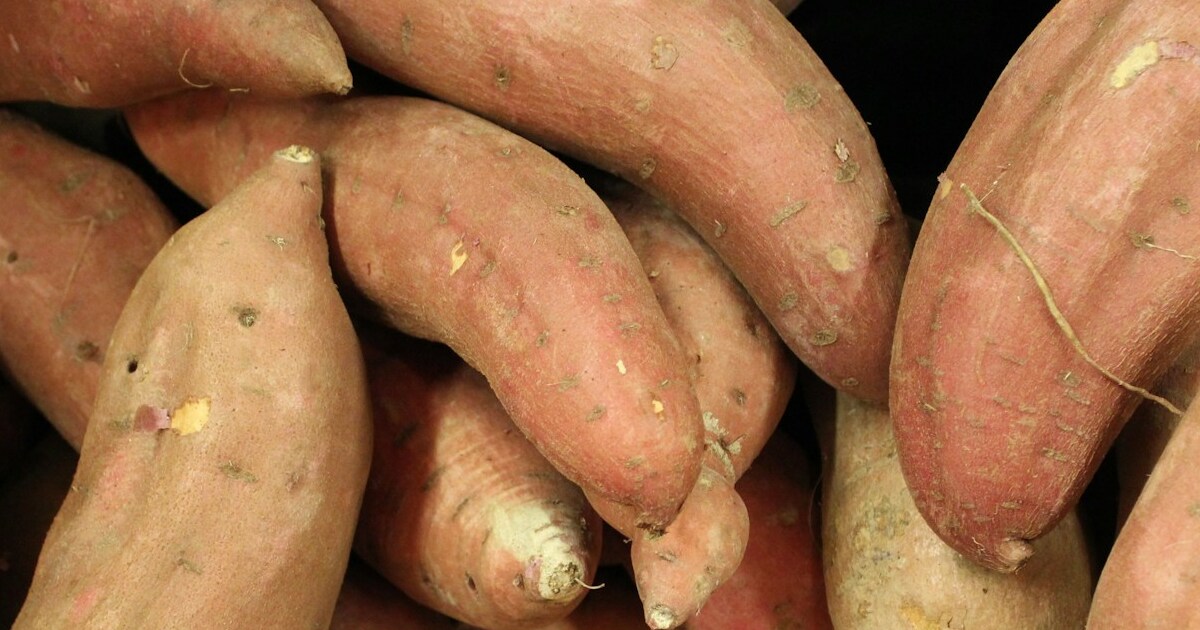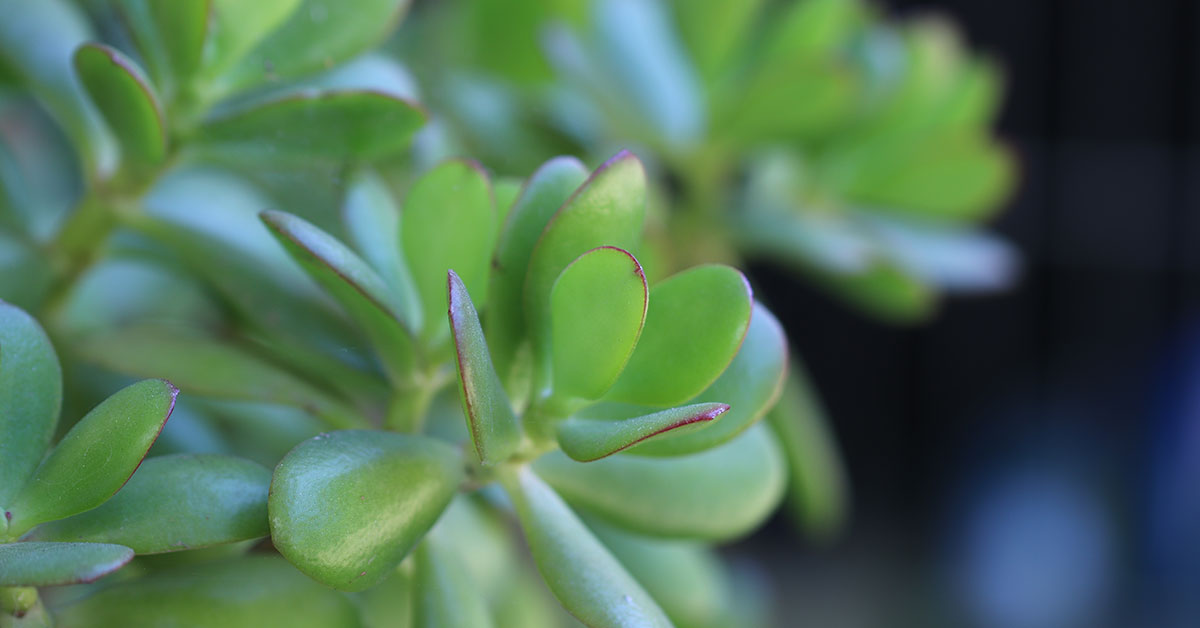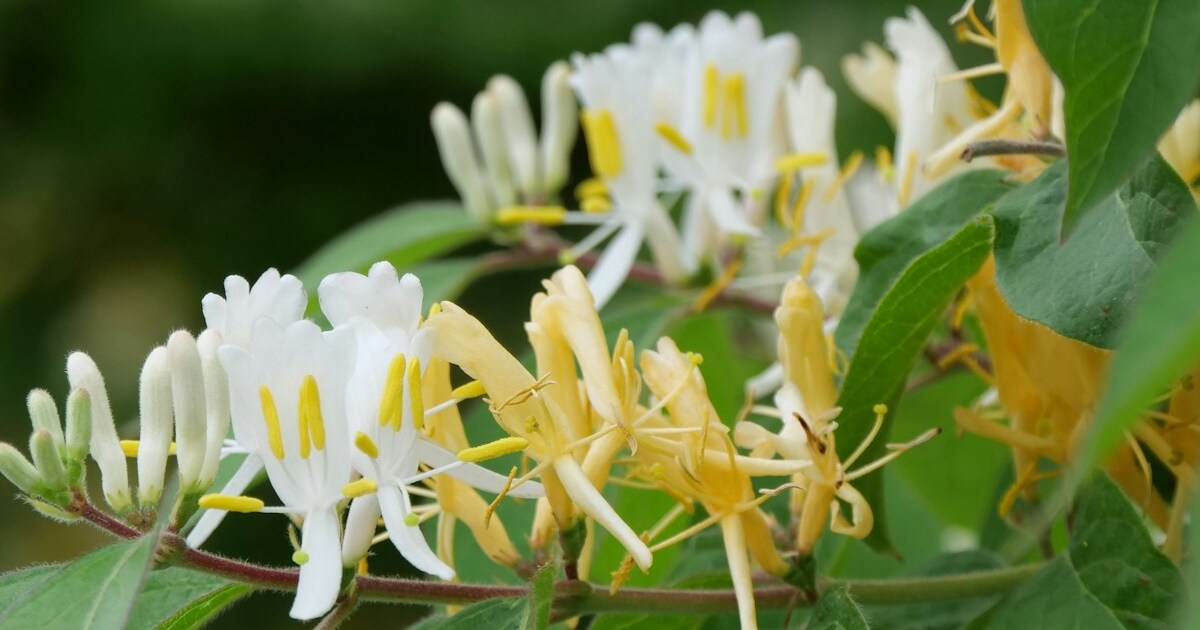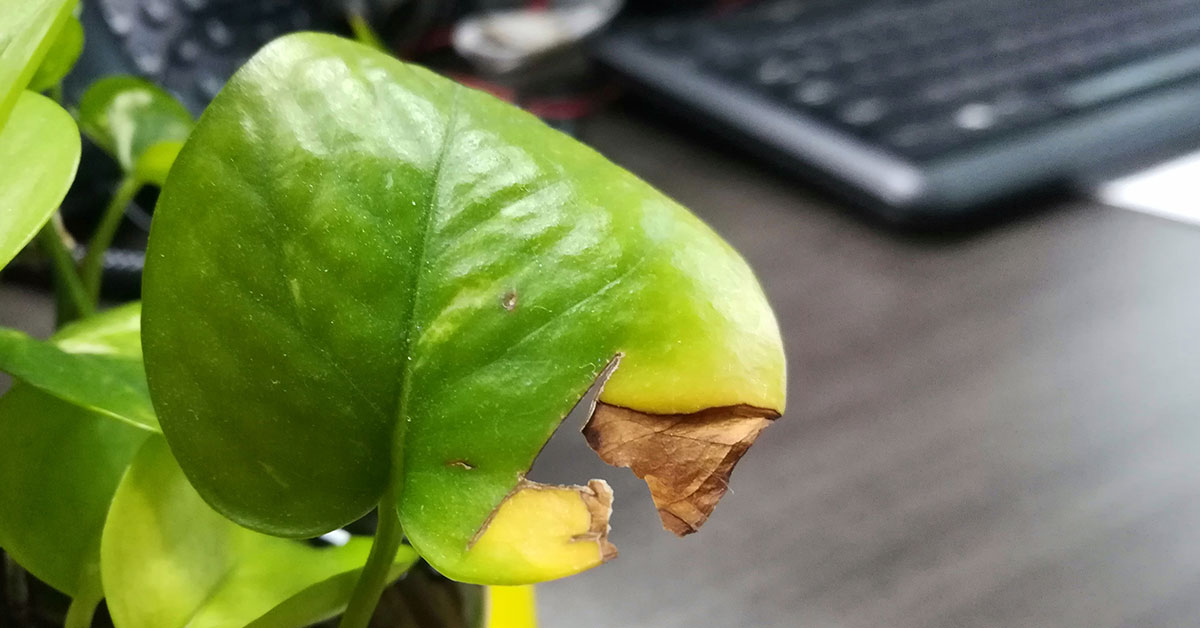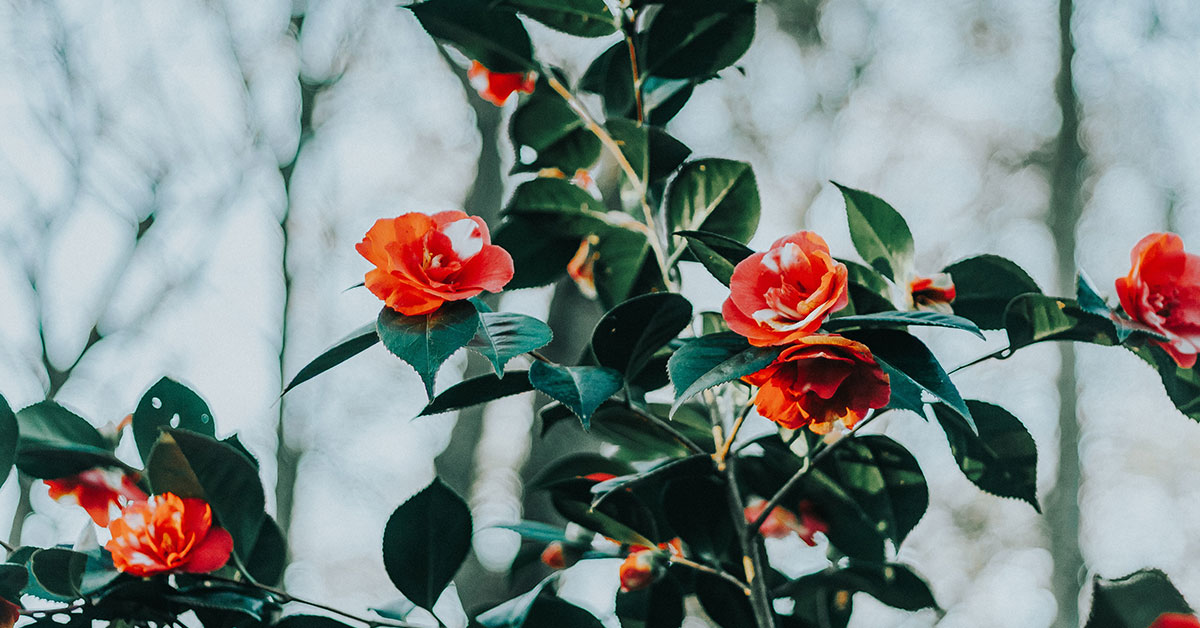Creating a cutting garden is a labor of love that transforms your outdoor space into a vibrant, ever-changing bouquet of beauty! As a devoted gardener who’s experienced the highs and lows—like the frustration of pests taking over your prized blooms or the disappointment when your favorite flowers just don’t cut it—I know how important it is to choose the right flowers. Over the years, I’ve curated a collection of 13 remarkable flowers, each with its own story, native heritage, and unique behaviors that make them perfect for cutting. These blooms not only add breathtaking color and texture to your arrangements but also attract beneficial pollinators and even provide nesting spots for tiny garden visitors!
I understand the challenge of finding plants that not only look stunning in bouquets but also thrive in your garden without becoming invasive. Whether you’re managing a sprawling backyard or a cozy urban plot, each of these flowers has been selected for its ease of cultivation, non-invasive nature, and the extra charm it brings—like enticing bees, butterflies, or even small birds to your garden!
Snapdragons
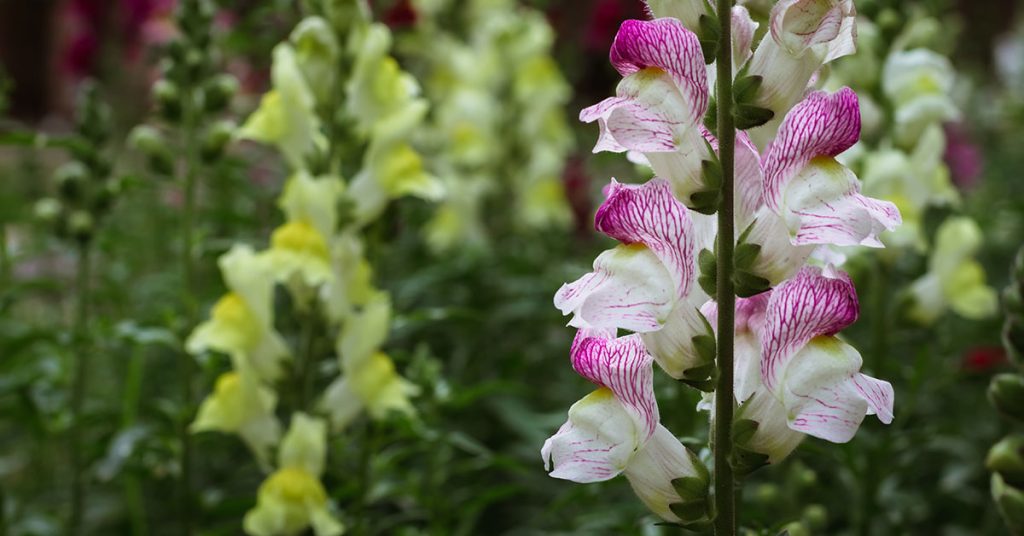
Snapdragons (Antirrhinum majus) are a classic favorite for cutting gardens, celebrated for their tall, spiky blooms that come in a dazzling array of colors. Native to the Mediterranean region, these annuals add vertical drama to bouquets, and their unique, dragon-shaped blossoms are a real conversation starter! In my garden, snapdragons attract bees and butterflies with their abundant nectar, and their sturdy stems often provide a natural perch for small, curious insects.
Their non-invasive growth habit makes them perfect for mixed borders, as they fill in space without overtaking more delicate varieties. With regular deadheading and a little extra care, snapdragons continue to produce a steady supply of vibrant blooms throughout the season. Every time I see them dancing in the breeze, I’m reminded of nature’s playful spirit and the endless possibilities they bring to my floral arrangements!
Peonies
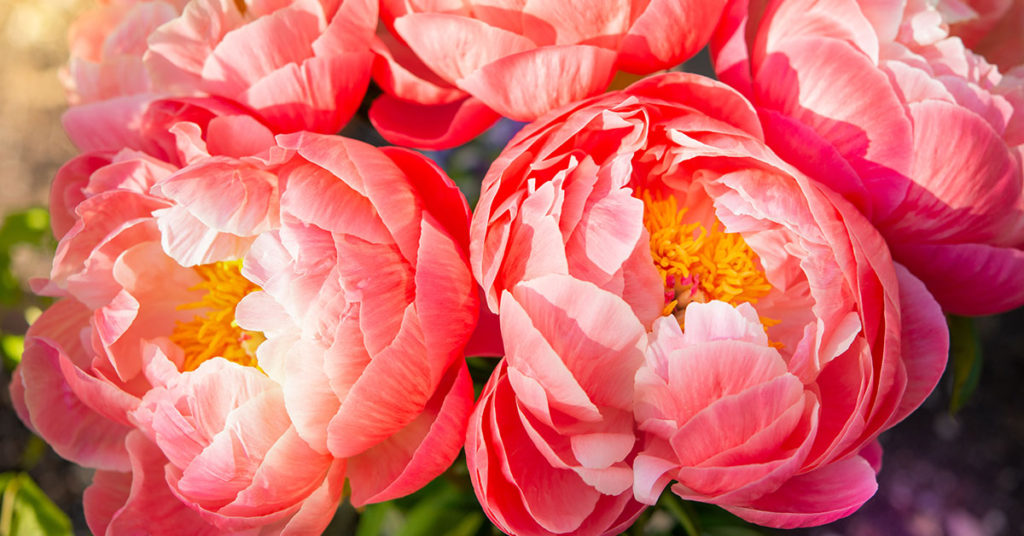
Peonies are the epitome of romance in a cutting garden, with their large, lush blossoms and heady fragrance that instantly elevate any bouquet. Native to Asia, Europe, and Western North America, these perennial beauties have been cherished for centuries and attract a host of pollinators, from bees to butterflies, that help maintain a lively garden ecosystem. In my own garden, peonies create a focal point of soft, romantic hues that never fail to captivate visitors and brighten even the gloomiest days.
Despite their show-stopping presence, peonies are generally well-behaved and non-invasive when given ample space to flourish. Their rich, layered petals and delightful scent not only make for stunning cut flowers but also serve as a reminder of nature’s timeless grace. Every time I harvest peonies, I feel a deep sense of joy—like capturing a little piece of history and romance that will brighten any room!
Zinnias
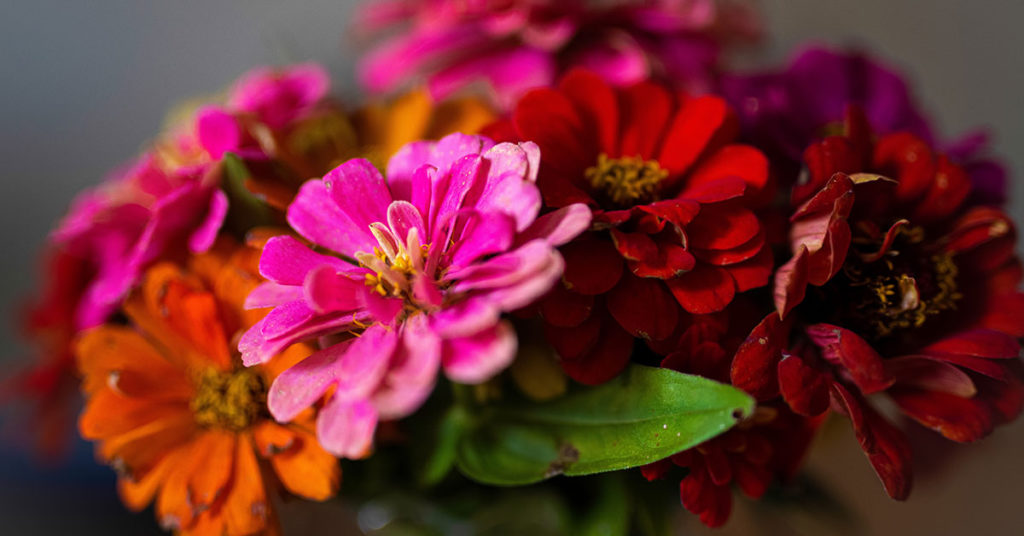
Zinnias are a must-have for any cutting garden, offering an explosion of color and a delightful, effortless charm. Native to Mexico and South America, these annuals produce vibrant, daisy-like blooms that attract butterflies and bees in droves, creating a mini pollinator paradise in my garden. I’m always amazed at how zinnias seem to fill the space with a joyous, celebratory energy that is perfect for brightening up any floral arrangement.
Their non-invasive nature and rapid growth make zinnias a low-maintenance choice, ideal for gardeners looking for an instant burst of color without a lot of fuss. With regular watering and occasional deadheading, these cheerful flowers continue to bloom profusely throughout the season. Every time I see a field of zinnias, it fills me with optimism and reminds me that sometimes the simplest flowers can create the most dazzling displays!
Dahlias
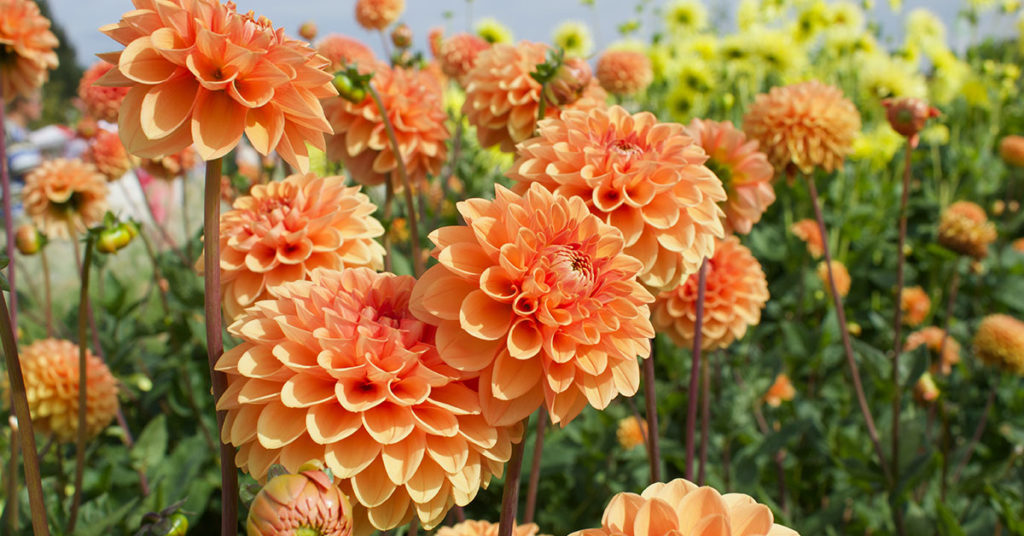
Dahlias are true showstoppers in a cutting garden, prized for their incredible diversity in size, shape, and color. Native to Mexico, these tuberous perennials have become beloved around the world for their intricate, layered blooms that make any bouquet a work of art! In my garden, dahlias attract a variety of pollinators, including bees and butterflies, that help keep the vibrant ecosystem thriving. Their dramatic, sculptural forms are perfect for creating a focal point in any floral arrangement.
Despite their grandeur, dahlias are generally non-invasive when given proper care and ample space, ensuring that they enhance your garden without overwhelming it. With consistent watering and rich, well-drained soil, dahlias deliver a spectacular display throughout the growing season. Every time I harvest dahlias for my bouquets, I’m filled with excitement—their bold beauty is a testament to nature’s limitless creativity!
Lilies

Lilies are a timeless favorite for cutting gardens, offering elegant, trumpet-shaped blooms and a delicate fragrance that captivates the senses. Native to temperate regions of the Northern Hemisphere, lilies come in a wide variety of colors and forms, making them incredibly versatile for both fresh arrangements and dried displays. In my garden, lilies attract hummingbirds and butterflies, adding life and movement as they flutter around the vibrant blooms.
These majestic flowers are non-invasive and thrive in well-drained soil with ample sunlight, ensuring a reliable harvest each season. With minimal care beyond occasional watering and pruning, lilies consistently provide a breathtaking focal point for any bouquet. Every time I gather a bouquet of lilies, it feels like I’ve captured a piece of nature’s poetry—a delicate, ephemeral beauty that never fails to inspire!
Hydrangeas
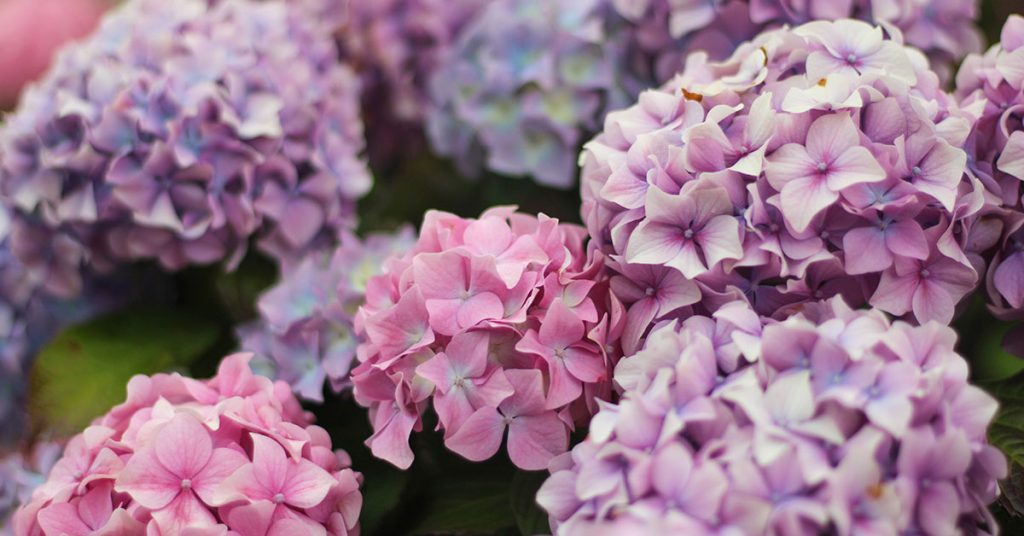
Hydrangeas are an elegant choice for cutting gardens, known for their voluminous clusters of blossoms and lush, rounded form that create a dramatic impact in any arrangement. Native to Asia and North America, hydrangeas offer a soft, romantic appeal with colors that range from delicate pastels to bold, vibrant hues. In my garden, these shrubs not only attract a variety of pollinators, including bees and butterflies, but also provide natural shelter for small garden critters, adding to the overall vitality of the space.
Their non-invasive growth and manageable size make hydrangeas a superb choice for gardeners who desire a sophisticated yet low-maintenance plant. With regular pruning and sufficient moisture, hydrangeas continue to bloom profusely throughout the season, ensuring that your bouquets are always full and impressive. Every time I see a hydrangea in full bloom, it reminds me that even the most opulent displays are born of patience and careful nurture!
Sweet Pea
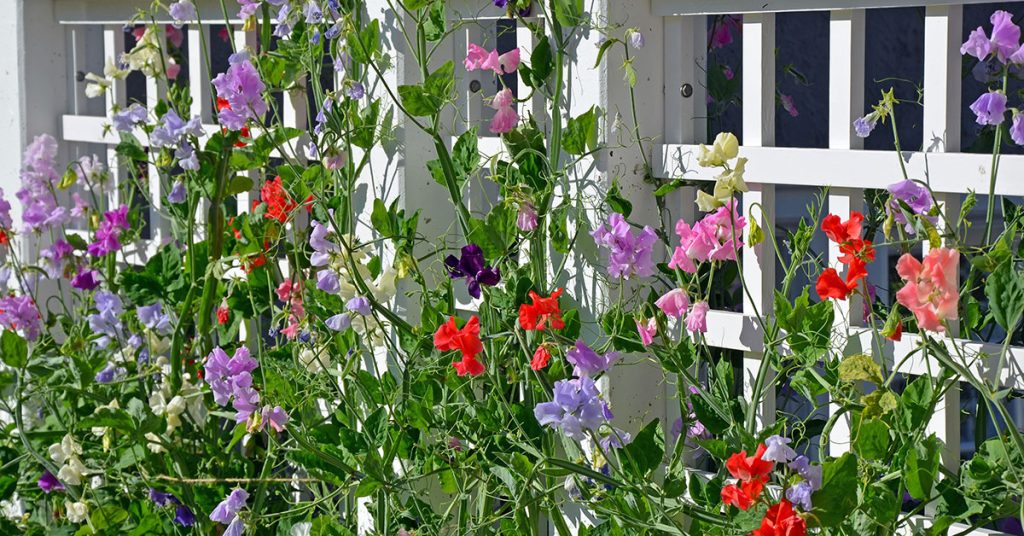
Sweet Pea is a fragrant annual that brings an air of romance and whimsy to any cutting garden with its delicate, pastel blossoms and enchanting scent. Native to the Mediterranean, sweet pea vines add a vertical, trailing element to garden beds, creating a natural archway of soft color and sweet perfume. In my garden, I love how these blossoms attract small butterflies and bees that help pollinate not just the sweet peas but surrounding plants as well—adding a dynamic touch of life to the area.
Their non-invasive climbing habit makes sweet peas perfect for trellises, fences, or even as a soft, natural curtain in more intimate spaces. With a bit of regular support and occasional pinching, sweet peas reward you with a continuous display of blooms that are perfect for fresh-cut arrangements. Every time I harvest a bouquet of sweet peas, I’m reminded of the tender, fleeting nature of beauty—a delicate whisper of romance that captures the heart!
Gerbera Daisy
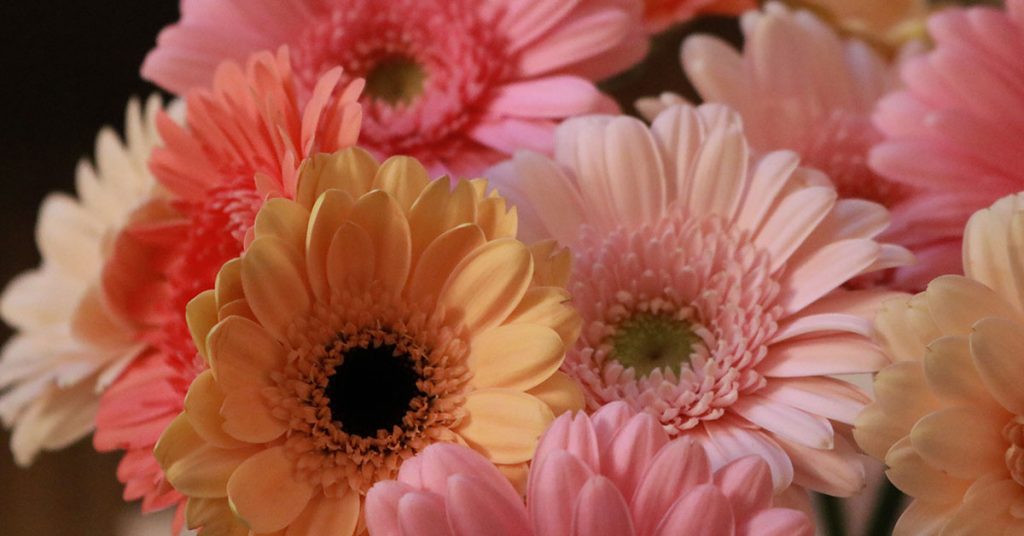
Gerbera Daisy is a vibrant, cheerful flower native to South Africa that instantly lifts the spirit with its bold, dazzling colors and large, daisy-like blooms. In my cutting garden, gerbera daisies are a favorite for their ability to attract a swarm of pollinators, including bees and butterflies, which bring a dynamic energy to the space. Their clean, striking form and long vase life make them ideal for both fresh bouquets and dried arrangements that add a touch of rustic charm to any setting.
These non-invasive perennials thrive in full sun and well-drained soil, requiring only minimal care to produce a continuous bloom throughout the growing season. With occasional watering and deadheading, gerbera daisies remain a reliable and eye-catching element in my garden. Every time I see a brilliant bouquet of gerbera daisies, I’m filled with a joyful reminder that nature’s simple pleasures can be both exuberant and timeless!
Carnations

Carnations are classic cut flowers known for their ruffled, delicate petals and a subtly spicy fragrance that has been beloved for centuries. Native to the Mediterranean region, carnations are celebrated for their long-lasting blooms and versatility in both fresh and dried arrangements. In my garden, these hardy annuals attract a modest array of beneficial insects and even provide a gentle habitat for small pollinators, adding both beauty and functionality to the landscape.
Their controlled, non-invasive growth makes carnations a superb choice for carefully curated cutting gardens. With regular watering and a touch of organic fertilizer, carnations deliver a continuous display of color and texture that enhances any bouquet. Every time I gather a bouquet of carnations, it feels like I’m collecting timeless tokens of natural elegance—a testament to the enduring beauty of this classic flower!
Ranunculus

Ranunculus is an exquisite cut flower known for its delicate, layered petals and soft, romantic hues that create a truly enchanting bouquet. Native to the Mediterranean and Asia, ranunculus has a graceful, almost ethereal quality that attracts small bees and butterflies, which help pollinate surrounding plants and add to the garden’s natural symphony. In my cutting garden, ranunculus provides a touch of vintage elegance and a burst of color that’s perfect for both modern and traditional arrangements.
These non-invasive perennials thrive in cooler conditions with rich, well-drained soil, ensuring that they produce an abundant, continuous harvest throughout the season. With minimal care and a bit of deadheading, ranunculus remains a reliable favorite for gardeners who value both beauty and practicality. Every time I see a cascade of ranunculus petals, I’m filled with a sense of wonder—a gentle reminder that the delicate intricacies of nature can transform an ordinary bouquet into a poetic masterpiece!
Lisianthus
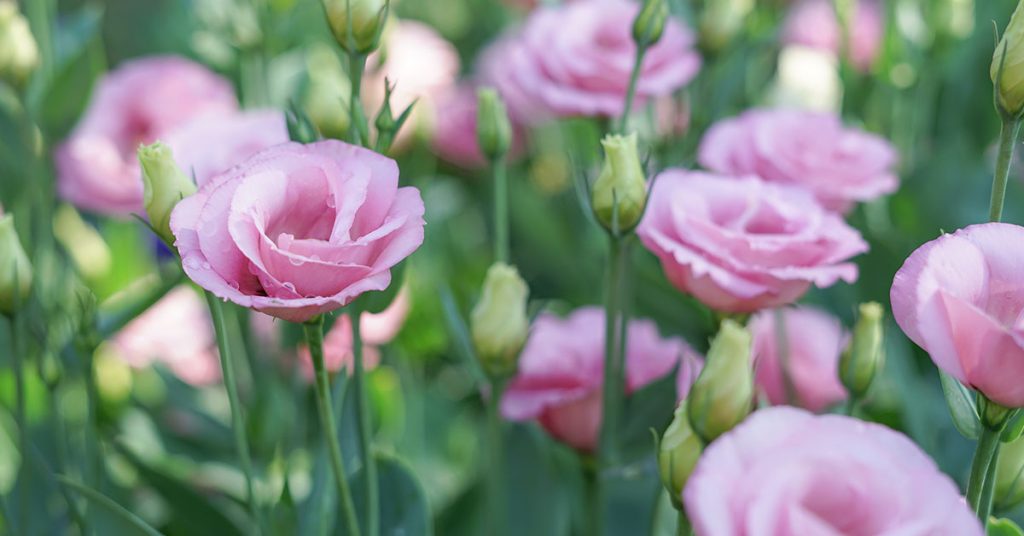
Lisianthus is a graceful, elegant flower native to North America that exudes a soft, romantic charm, making it a superb choice for cutting gardens. Its delicate, rose-like blooms come in a range of colors from pristine white to deep lavender, creating an exquisite visual and tactile experience. In my garden, lisianthus attracts small bees and butterflies that help pollinate its blossoms, adding a subtle layer of natural interaction and life to the overall display.
This non-invasive annual thrives in well-drained soil and partial sunlight, making it an excellent option for those seeking a refined, sophisticated addition to their cutting garden. With regular watering and a little tender care, lisianthus produces a continuous cascade of blooms that remain fresh and vibrant for extended periods. Every time I include lisianthus in a bouquet, I’m reminded that true elegance is a blend of beauty, resilience, and the gentle art of nature’s design!
Freesia
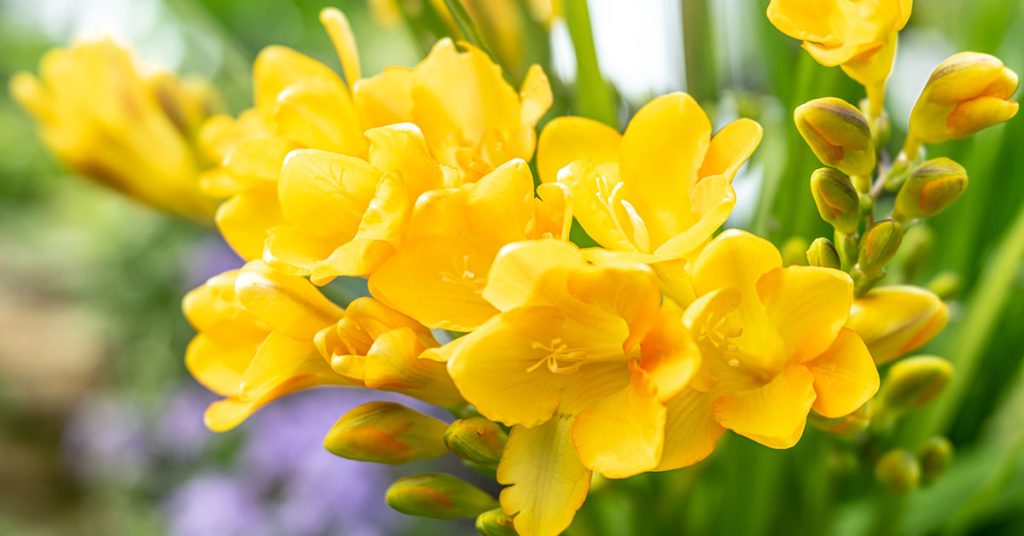
Freesia is a wonderfully fragrant flower native to South Africa that is highly prized for its delicate, trumpet-shaped blooms and enchanting scent. In my cutting garden, freesia adds both a burst of color and a heady aroma that attracts bees and butterflies, transforming each bouquet into a multisensory experience. Its elegant, slender stems and vibrant petals make it a favorite for both fresh and dried arrangements, infusing them with a touch of exotic charm.
These non-invasive perennials thrive in well-drained soil and bright, indirect light, requiring only moderate care to produce continuous blooms throughout the season. With occasional watering and the right balance of nutrients, freesia provides a reliable source of fragrant beauty that elevates any floral display. Every time I gather freesia for a bouquet, it’s like capturing a moment of pure, perfumed bliss—an invitation to savor the fleeting beauty of nature!
Stock
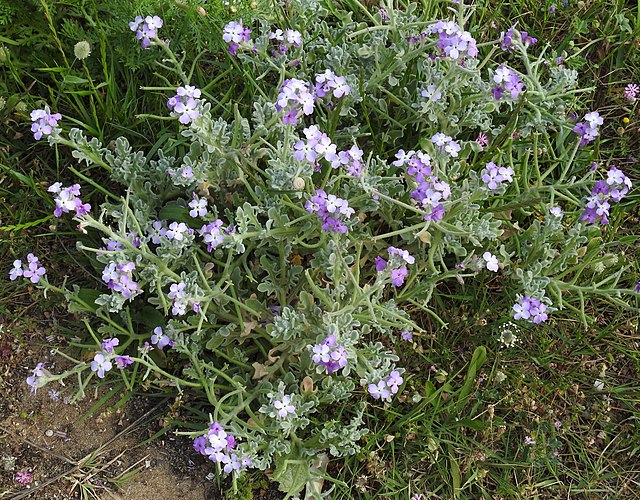
Stock (Matthiola incana) is a classic cut flower renowned for its rich, spicy fragrance and dense clusters of ruffled blooms that make any bouquet truly memorable. Native to the Mediterranean region, stock has long been cherished for its ability to add both visual interest and a delightful aroma to arrangements, attracting bees and small butterflies that enhance the overall garden ecosystem. In my garden, stock provides a touch of old-world charm and a robust scent that lingers long after the petals have been cut.
Its non-invasive nature and graceful, upright growth make stock an excellent choice for both large cutting gardens and smaller, more intimate spaces. With proper care, including regular watering and occasional deadheading, stock produces a consistent supply of blooms that add a sophisticated flair to any floral composition. Every time I incorporate stock into a bouquet, I’m reminded that timeless elegance and a captivating fragrance are the hallmarks of nature’s finest artistry!






